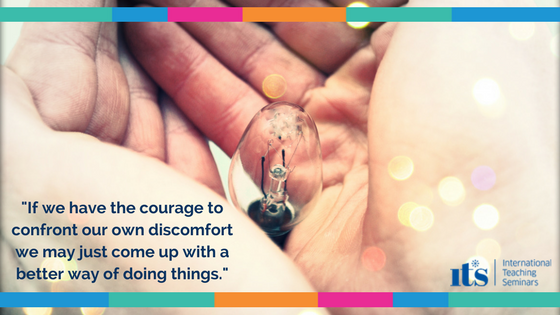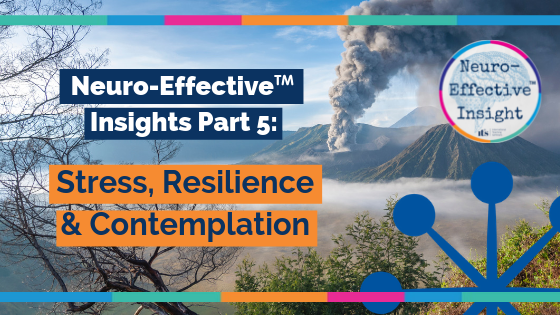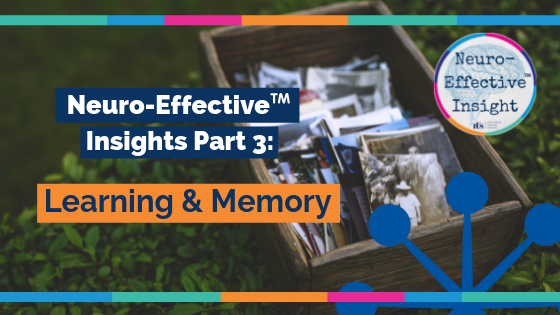In the last post I was showing you What to do when you feel uneasy personally or professionally. This week I want to share with you just how a powerful a driver your feelings can be and how they can help you towards a more fulfilling life.
Discontent is often the trigger to innovation. Let me give you an example of how this works in practice.
Meet Yvonne von Amerongen, a manager in a nursing home in the Netherlands. One day at work the phone rings…
“My mother called me and told me that my father had passed away suddenly. He just had a heart attack and died. And one of the first things I thought was “Thank God he never got to be in a nursing home.”
That’s crazy that I have to think that. I’m in the management of a nursing home and I don’t want my father to come here. My colleagues in the management team had similar thoughts.
So in Nov 1992 we sat down in a room and decided to take one day to consider what would make nursing homes worthwhile to live in.”
CNN The Dementia Village (broadcast 12.7.2013)
Fast forward to now and there is a 4 acre complex which is a neighbourhood and houses over 150 residents. It has the same budget as any other nursing home in the Netherlands. No more, no less. Caregivers outnumber residents two to one and all – from professionals to volunteers like hairdressers – have been specially trained in the care of people with severe dementia. People here require fewer medications, eat better, get more exercise and live longer. According to the leadership team they also seem to have more joy: “Here people can still be themselves. They’re still human.”
Is this an innovation? You bet!
It’s the only one of its kind on this scale in the world. Does this matter? Yes, when you consider that the number of people expected to suffer from dementia is estimated to be 65 million by 2030 and 110 million by 2050. As a society we are going to need to rethink how we address this challenge.
However, the most important innovation lesson here is that a potential model of excellence has come into being not through some remote government initiative but through one woman acknowledging her own incongruence.
Yvonne had the courage to confront the disparity between her personal response to her father’s death and what she was doing professionally. She questioned what she was doing and recognized that it just wouldn’t do.
If we have the courage to confront our own discomfort we may just come up with a better way of doing things. On the other hand if we are forever ignoring how things don’t really stack up in our lives, we’ll likely keep repeating what we know in our hearts really isn’t good enough.
This example of innovative thinking came from feeling uncomfortable to begin with. A lot of innovative thinking does – so don’t be concerned if you feel uncomfortable; just recognise it may be an invitation to innovation.
For more information on Yvonne van Amerongen and the Hogeway facility located just outside Amsterdam, head over to this article by Dr. Sanjay Gupta on the 5 things he learnt at ‘Dementia Village’.





Leave A Comment